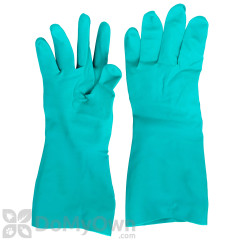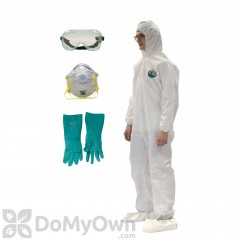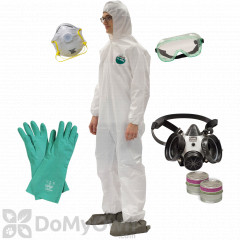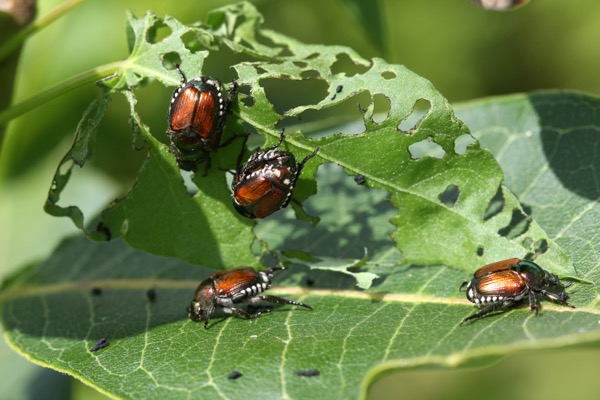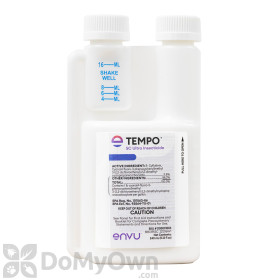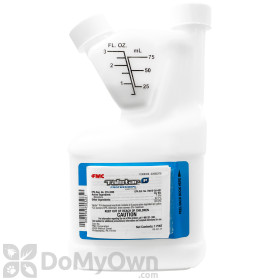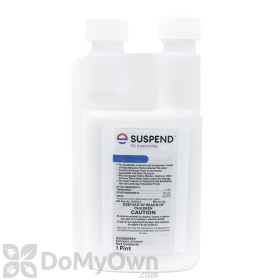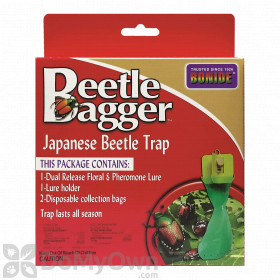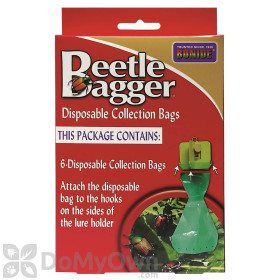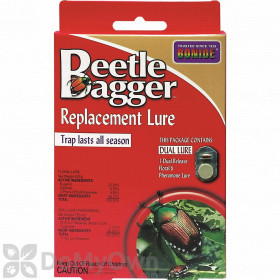How to Kill Japanese Beetles
Japanese beetles destroy flowers, trees, shrubs and other vegetation. These beetles can be found throughout most states east of the Mississippi River. Partial infestations also occur west of the Mississippi River in Arkansas, Iowa, Kansas, Minnesota, Missouri and Oklahoma. Both the grub stage and the adult stage of the beetle cause damage to your landscaping from the roots up.
Description - Identifying Japanese Beetles
The adult Japanese beetle (often referred to as a "jitterbug") is about 1.5 cm long and 1 cm wide, with shiny copper-colored outer wings and a shiny green thorax and head. This beetle has six tiny tufts of white hair along the sides and back of its body under the edges of its wings. The males are usually a bit smaller than the females. You are most likely to see the adults in late spring or early summer. During winter, Japanese Beetles overwinter in the soil as larvae, also called grubs.
Feeding Habits of Japanese Beetles
Adult Japanese Beetles feed on nearly 300 different host plants. Some of the more common ornamental plants attacked include: roses, flowering cherry, flowering crabapple, zinnias, Virginia creeper, Boston ivy, linden, birch, canna, elm, and marigolds. Adult Japanese Beetles feed during the day, favoring hot weather and plants growing with full exposure to the sun. Adult beetles also consume flowers and foliage of many other host plants. Japanese beetles usually feed in groups, starting at the top of a plant and working downward. While a single beetle doesn't eat much, group feeding by many causes severe damage.
The Life Cycle of Japanese Beetles
The Japanese beetle life cycle takes about one year from egg to the end stage of life. After mating, females live 30 to 45 days, laying anywhere from 40 to 60 eggs in the soil. Larvae hatch from the eggs in 10 to 12 days. Japanese Beetle larvae feed on grass roots until late September when cool soil temperatures cause larvae to move downward into the soil to overwinter. Development is completed the following spring. One generation occurs each year.
Japanese Beetle Control
To learn more on how to control Japanese Beetles in the grub stage please read our Japanese Beetle Grubs Identification and Biology Guide.
Japanese Beetle Traps: Many homeowners who try to use Japanese beetle traps are not very successful because:
- Traps are placed in close proximity to vulnerable plants
- Too few traps are used in a given community
- Japanese beetles are attracted from neighboring homes to the powerful lure used in the trap, resulting in much more damage than the homeowner originally had
Effective Insecticides for Japanese Beetles: Talstar is very effective in controlling Japanese beetles. Talstar can be sprayed on most plants without the worry of causing damage or burns. Make applications every 3-4 weeks during peak beetle seasons to maintain control.
Demon and Suspend SC are also effective. Using Demon may cause damage or burning of fragile or delicate plants so caution should be used when applying this product.
